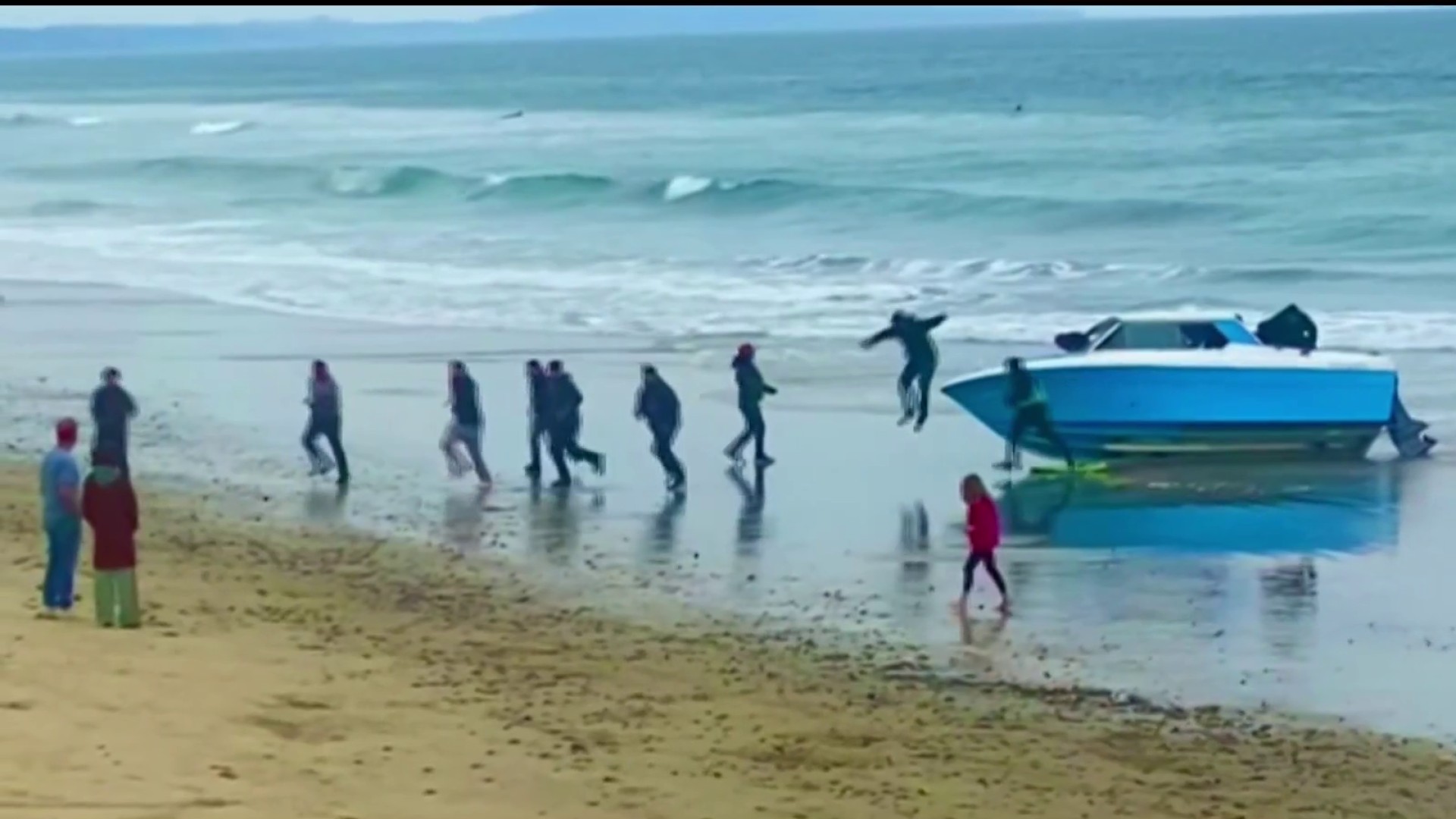They are two of the most contentious issues San Diego Voters will decide on in November. We're talking about Measures E and G, the rival plans to re-develop the Mission Valley Stadium site where the Chargers once played.
Measure E is known to most people as Soccer City and Measure G is the ballot name for SDSU West.
Both sides have accused each other of being disingenuous, confusing the issues, and even lying as they push their plans to redevelop the land under San Diego County Credit Union Stadium.
Both plans call for a new stadium, a river park, housing, and commercial and office space. So, what makes them different? Proponents for both sides shared what they want voters to know most about their project.
“This is a once in a lifetime opportunity for San Diego State University,” university President Adela De La Torre said of Measure G. “It's not a transactional project. It's really one that will provide the opportunity to expand San Diego State for many students in the future as well as create an innovation district.”
Soccer City’s Nick Stone points to a broader benefit, one that reaches the public school community in San Diego beyond SDSU.
“Soccer city generates $200 million more value for the taxpayer. It generates hundreds of millions more to add value to local schools, K through 12, and we create something that's fun,” Stone said.
Local
That “something fun” refers to an entertainment district concept put on display at a news conference Thursday. But Stone takes exception with characterizing Measure E as just that. He’s quick to point out that the plan offers 35 acres for SDSU State expansion, though SDSU disputes that claim.
The University argues it has been more upfront with the community than the competing measure.
“Unlike Soccer City, we are actually working with CEQA (California Environmental Quality Act), which requires community input and that's important to understand. We are committed to being transparent in the process. We're committed to having community engagement,” De La Torre said.
A city attorney report states that neither side is legally bound to their concepts.
President De La Torre insists students could be on site by 2025, but Stone thinks that’s farfetched unless tuition is raised.
“There is a better way than the SDSU West plan, which puts students at risk for $150-million worth of debt. There's a better way. [Measure E] gives the university what it needs to expand, but does so in a way that respects the fact that the land is owned by the taxpayer in San Diego today.
De La Torre says tuition or student fees will not be raised to pay for Measure G.
If both measures get majority support, the measure with the most votes wins. If both fall short, it's back to square one over what to do with the stadium site.



